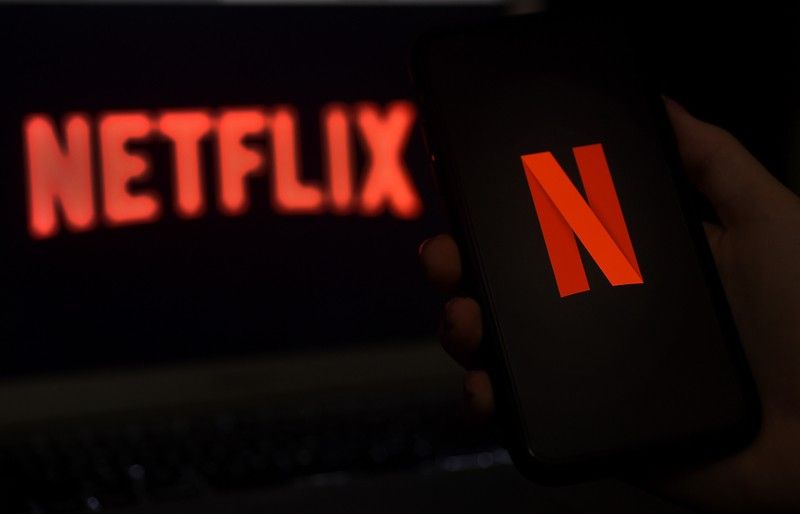PSA: 1 in 10 Filipino families owned streaming subscriptions in 2022

MANILA, Philippines — Video streaming subscriptions remained a luxury across Filipino families, government data showed.
Data from the Philippine Statistic Authority’s Annual Poverty Indicators Survey in 2022 revealed that 9.2% of 26.94 million families had subscriptions to video streaming services such as Netflix, iflix, Hooq, iWant, and Viu.
As it is, poverty in the country has yet to be mitigated across the Southeast Asian archipelago. Government data reckoned that 5.6 million were living in poverty in 2022, exacerbated by the domestic economy’s nosedive as mobility restrictions amid the pandemic slashed employment across the country.
That this luxury, which grew to be a fixture across households in developed economies, spoke to the depths of poverty and income equality in the country.
To this end, the House of Representatives approved on third and final reading in 2022 a measure to impose a 12% value-added tax on the use of online services that include Netflix, Spotify, and Lazada.
The measure did not explicitly single out video-streaming subscriptions, but the state was looking to cash in on the use of online platforms that shot to prominence as many Filipinos were holed up in their homes amid pandemic lockdowns.
PSA data broken down showed that Metro Manila had the largest percentage of these subscriptions across households, clocking in at 19.5% in 2022. The region with the second-largest subscription share were families residing in Calabarzon, at 12.9%.
Leonardo Lanzona, an economist at Ateneo De Manila University, opined the data pointed to the spread of income polarization in the country.
For context, the national government is eyeing to transform the Philippines into an upper middle-income country by 2023. The World Bank even said that the country was on-track this path in the “next few years.”
“What this suggests however is a degree of income polarization with only 10% having access to these services while the rest are not able to afford these services,” Lanzona said. — Ramon Royandoyan
- Latest

























